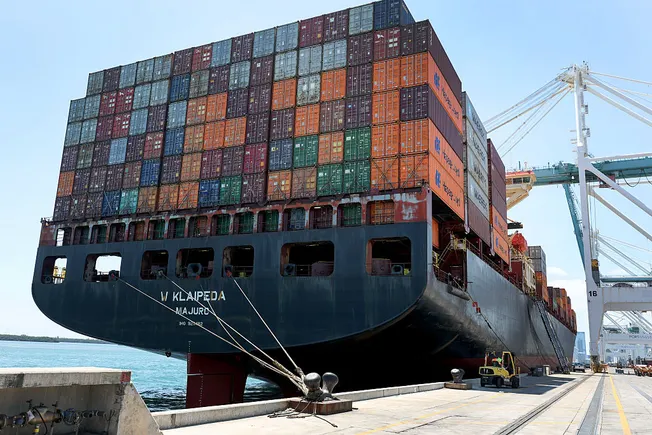Canadian Businesses Adjust Strategies Amidst Tariff Uncertainty: A Look at Corporate Finance Responses

The ongoing trade tensions and resulting tariffs are significantly impacting Canadian businesses, prompting a wave of strategic adjustments and financial responses. Recent survey data reveals a clear trend: U.S. economic policy is now the primary driver of change for companies across various sectors, with nearly half (48%) identifying it as one of the top three factors influencing their strategic decisions over the next 12-24 months. This underscores the profound influence of international trade dynamics on the Canadian business landscape.
Navigating Uncertainty: Key Corporate Finance Responses
So, how are Canadian companies responding to this evolving environment? The survey data and industry analysis highlight several key themes:
- Supply Chain Diversification: A significant number of businesses are actively seeking to diversify their supply chains, reducing reliance on single sources and mitigating the impact of potential tariff increases. This involves exploring alternative suppliers in countries not directly affected by trade disputes, or even reshoring production closer to home.
- Pricing Strategies: Companies are grappling with how to absorb or pass on tariff costs to consumers. Some are opting to absorb the costs to maintain competitiveness, while others are cautiously increasing prices, closely monitoring consumer reaction. The approach varies greatly depending on the industry, product elasticity, and competitive landscape.
- Investment in Automation and Efficiency: Facing increased costs and potential disruptions, businesses are accelerating investments in automation and process optimization to improve efficiency, reduce labor costs, and enhance overall competitiveness.
- Strategic Acquisitions and Partnerships: Some companies are exploring strategic acquisitions or partnerships to expand their market reach, access new technologies, or strengthen their position within the supply chain. These moves can provide greater resilience and flexibility in the face of trade uncertainties.
- Hedging Strategies: To mitigate currency fluctuations stemming from trade tensions, businesses are increasingly utilizing hedging strategies to protect their financial exposure. This involves using financial instruments to lock in exchange rates and reduce the risk of unexpected losses.
Aligning with Government Goals
Interestingly, many of these corporate finance responses align with some of the goals of the Canadian federal government. For instance, supply chain diversification can support domestic manufacturing and reduce reliance on foreign markets. Investments in automation and efficiency can boost productivity and enhance Canada's competitiveness on the global stage.
Looking Ahead: A Dynamic Landscape
The future remains uncertain, and the impact of tariffs will continue to be a key factor shaping the Canadian business environment. Companies that proactively adapt their strategies, embrace innovation, and prioritize resilience will be best positioned to navigate these challenges and capitalize on emerging opportunities. Ongoing monitoring of trade developments, coupled with agile decision-making, will be crucial for success in this dynamic landscape. The next 12-24 months will be a critical period for Canadian businesses as they continue to adjust to the new realities of global trade.





